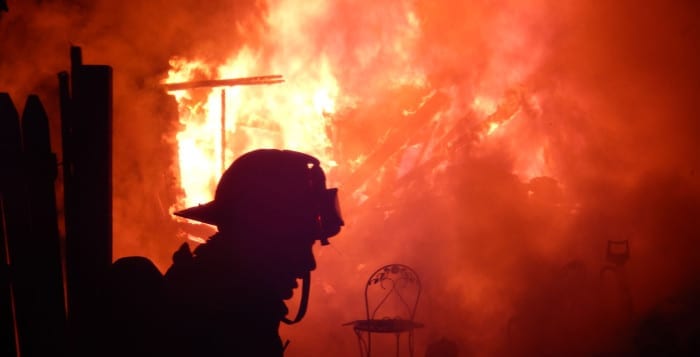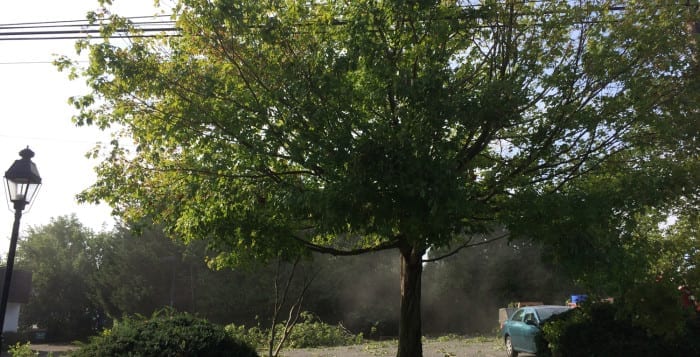Four hundred acts of kindness turned out to be an underestimate.
It has been one month since a horrific Cutchogue car crash killed four North Shore women, and Chabad at Stony Brook set out to assemble a book of kind acts to show how good could come out of tragedy. But by the time that book was finished last week, it had grown into a much bigger list.
Smithtown’s Brittney Schulman, 23, and Lauren Baruch, 24, as well as Stephanie Belli, 23, of Kings Park, and Amy Grabina, 23, of Commack were riding in a limousine in the middle of a weekend wine tour on the eastern part of the Island when Steven Romeo, 55, T-boned their vehicle as it made a risky U-turn, killing the girls and injuring five others.
After the crash, Romeo was arraigned at Eastern Long Island Hospital and charged with driving while intoxicated. He was initially ordered held in lieu of $500,000 cash bail, or $1 million bond, but that bail was reduced to $50,000 cash or $100,000 bond. Suffolk County District Attorney Tom Spota said Romeo had recorded a blood alcohol content of .066 percent — below the legal limit of .08 — when he was tested roughly one hour after the crash. The DWI charge, however, was not dropped, Spota said. No additional charges were filed against Romeo as the investigation continued.
Romeo’s court date, which was originally set for last week, was adjourned to Sept. 18.
The tragedy sent shockwaves through the greater North Shore community, and Chabad at Stony Brook called on everyone to help.
“People came out in big numbers to post all these heartfelt things they were going to do,” said Rabbi Shalom Ber Cohen of Chabad at Stony Brook, who helped launch the project in the wake of the tragic crash. “We’ve always encouraged to respond to darkness with light, and to evil with good.”
The group launched a Facebook group called “Goodness & Kindness x 400 for our girls,” and acquired thousands of page views in a matter of days, Cohen said. The goal, he said, was to remember the lives of those lost by compiling a book of names and acts of goodness committed in their honor, to show victims’ families that they were not alone in their darkest hour.
“We felt we were swarming in death,” Cohen said. “This was an act of goodness and kindness to bring more goodness to the world. While we can’t bring the girls back, when the community comes back and shows we are there, it does bring some kind of goodness.”
Good deeds included anything from committing to donate to worthy causes to something as simple as paying for succeeding cars in a Starbucks drive-thru.
Cohen, along with wife Chanie Cohen, a Chabad program coordinator, as well as Rabbi Chaim Grossbaum, Rabbi Motti Grossbaum and the rest of his staff, delivered those books to the victims’ families over the last week and said they helped everyone move forward in a time of great loss.
Diana Belli, sister of Stephanie Belli, took to the “Goodness & Kindness” Facebook page to express her gratitude.
“Thank you so much! With love, my entire family,” she wrote on the page. “This means a lot to us.”















